Wild about the Withers
By: Christopher Cookson
Last Modified: 2-1-2021 12:13
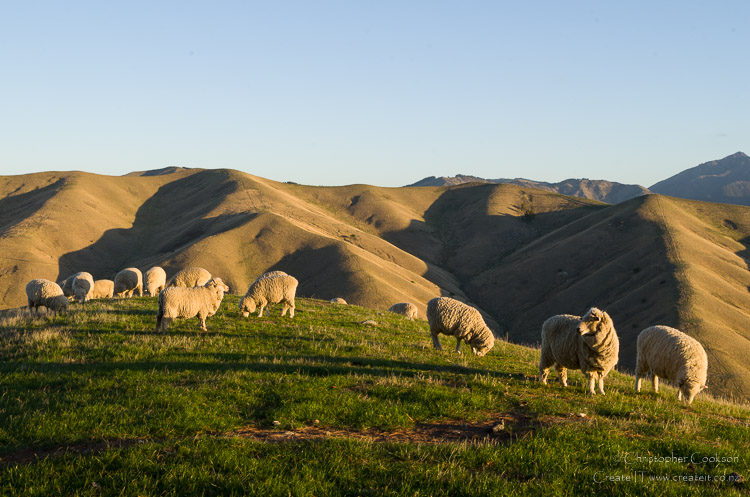
© Christopher Cookson License this image
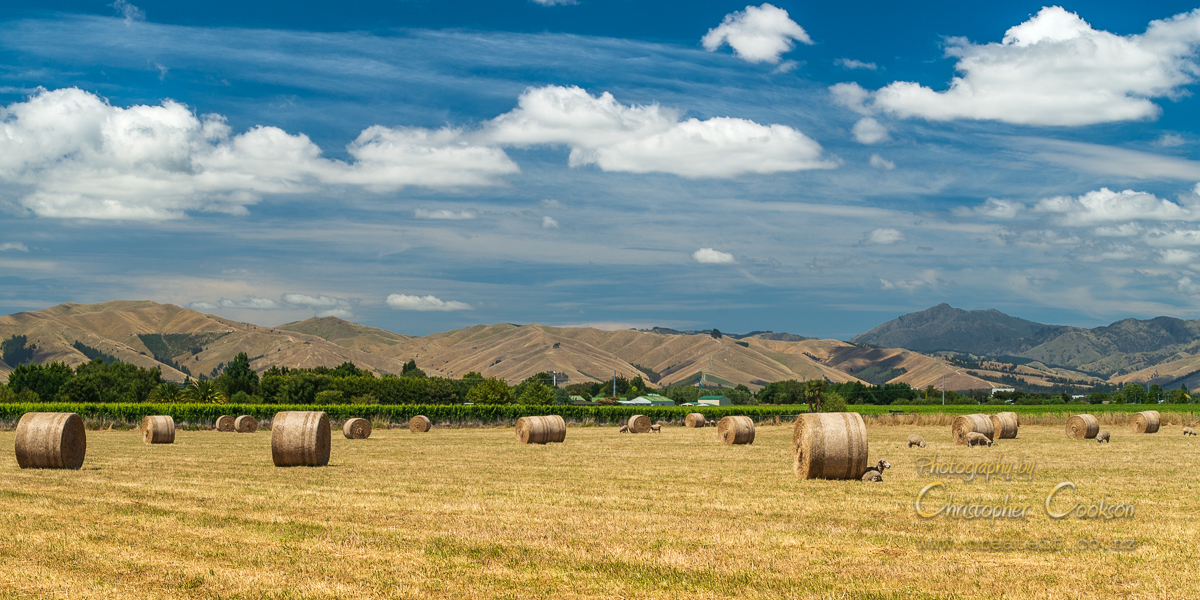
© Christopher Cookson License this image
A lifetime of memories
When I look out my home office window to the south, my eyes are met with the golden-brown contours of the Wither Hills. I’ve been roaming these hills since I was a kid in the late ‘70s and ‘80s, while a good part of them were still in private ownership. Dad was a keen tramper and conservationist, so he’d get permission from the private owners for us to explore parts of the hills that were off limits to the public. There were no tracks in those days, so we found our own way. I vividly recall a picnic halfway up a hillside in a damp depression filled with stinky grey mud and bright red wriggling worms. Being a kid, there was a magnetic attraction to the mud, and I’m pretty sure we came home very dirty, but content.
When I was a bit older, I received an SLR camera for my 15th birthday, and the first images on my first roll of film were taken at the western foot of the hills. I’ve been photographing the hills ever since. Back in 2016, while my wife was undergoing cancer treatment, I self-published a book of photography and poetry about the hills, ‘Wind on the Withers’, which sold several hundred copies, and I thought I was done with documenting the hills. It turns out I was only just scraping the surface, and as I’ve returned with better photographic equipment, and in different seasons, I’ve realised there’s another story to tell. Against all odds, the Wither Hills are a place of amazing ecological diversity, right on Blenheim’s doorstep.
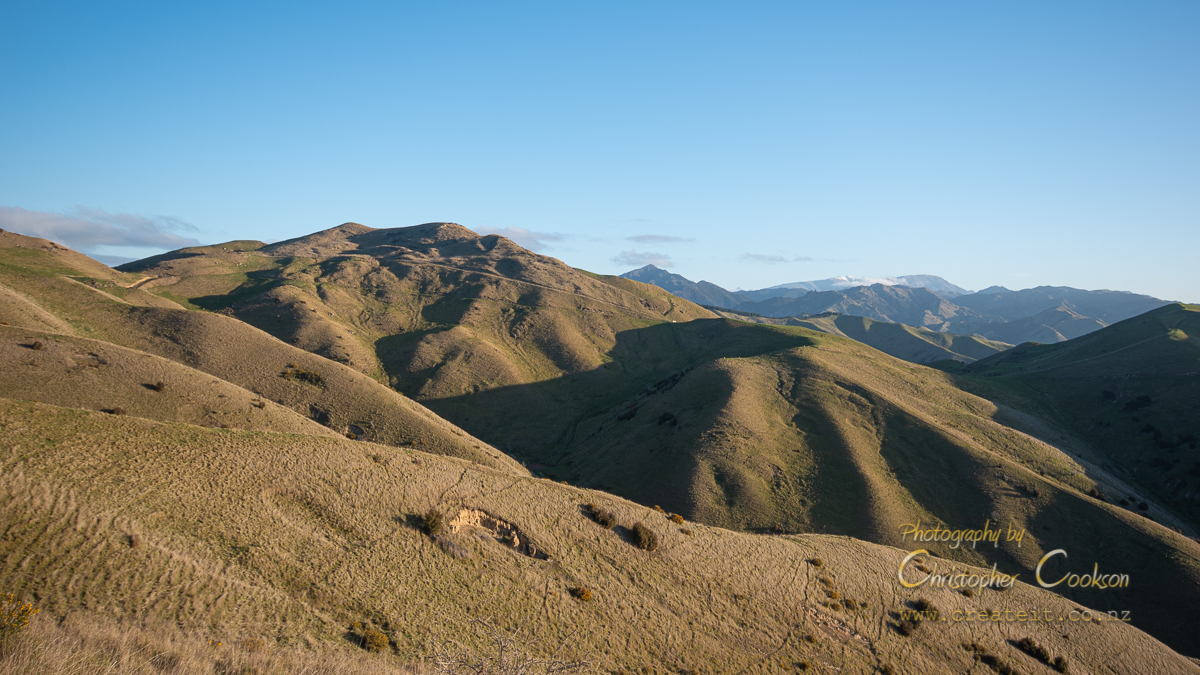
© Christopher Cookson License this image
The Wither Hills Farm Park occupies an area of 1100 hectares in the middle of the Wither Hills Ecological District. The golden yellow, or occasionally green, hills are an iconic landscape feature to the south of Blenheim, with their largely treeless outline of the hills visible from anywhere on the Wairau Plain. The hills have a long and rather ignominious history of human degradation. At some point, either deliberately or accidentally, the hills were burnt by Māori with tussock grasslands and stands of kānuka and mānuka scrub replacing former coastal hardwood forest that comprised of a mix of tōtatara and other species. When European colonists arrived, they repeated the destruction, this time replacing indigenous tussock species with introduced pasture grasses more palatable to stock.
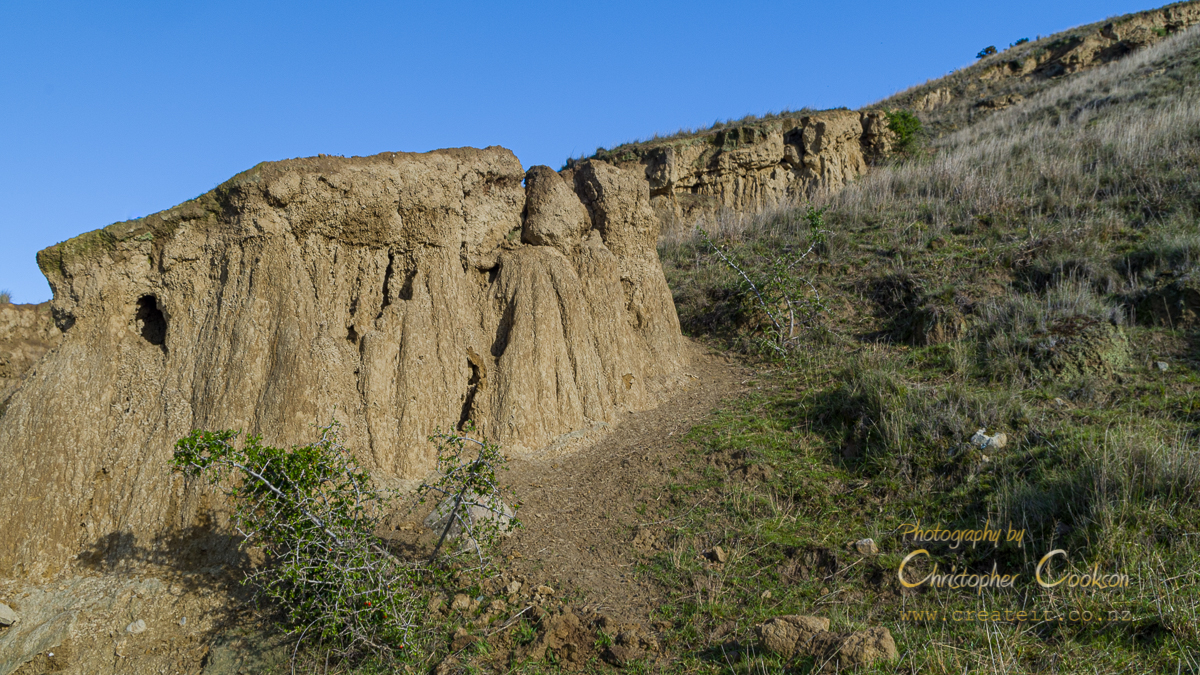
© Christopher Cookson License this image
Erosion Control
Unfortunately for the colonists, the ochre coloured loess soils proved to be highly unstable without the protection of deep rooted vegetation, and tunnel gully erosion soon turned the hills into one of the most heavily eroded environments in New Zealand, with the collapsing clay hillsides putting the town of Blenheim, immediately to the north at risk. By the 1940s, action was required, and government acquisition of formerly private land began with the purpose of erosion control with parcels of land added up until the 1990s.
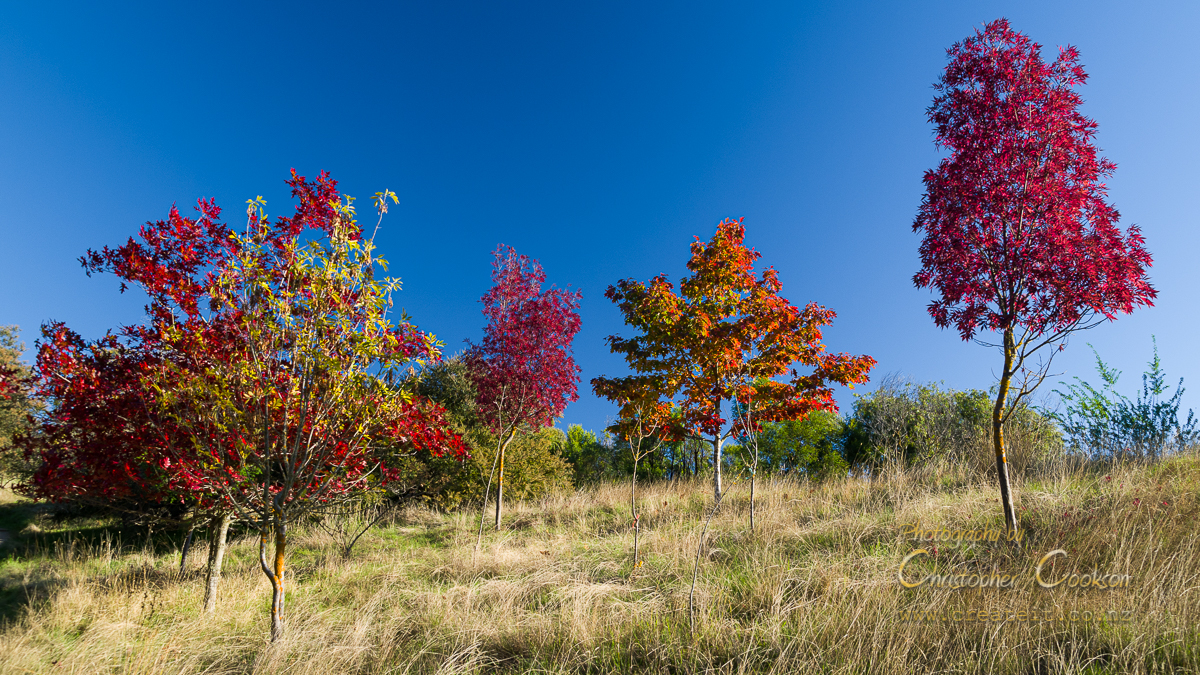
© Christopher Cookson License this image
A variety of exotic tree species including pines, eucalyptus, and acacias were planted to stabilise the vulnerable soils, and stock levels reduced. The area continues as a working farm, however from the 1970s construction began on an extensive network of walking and cycling tracks for recreational use.
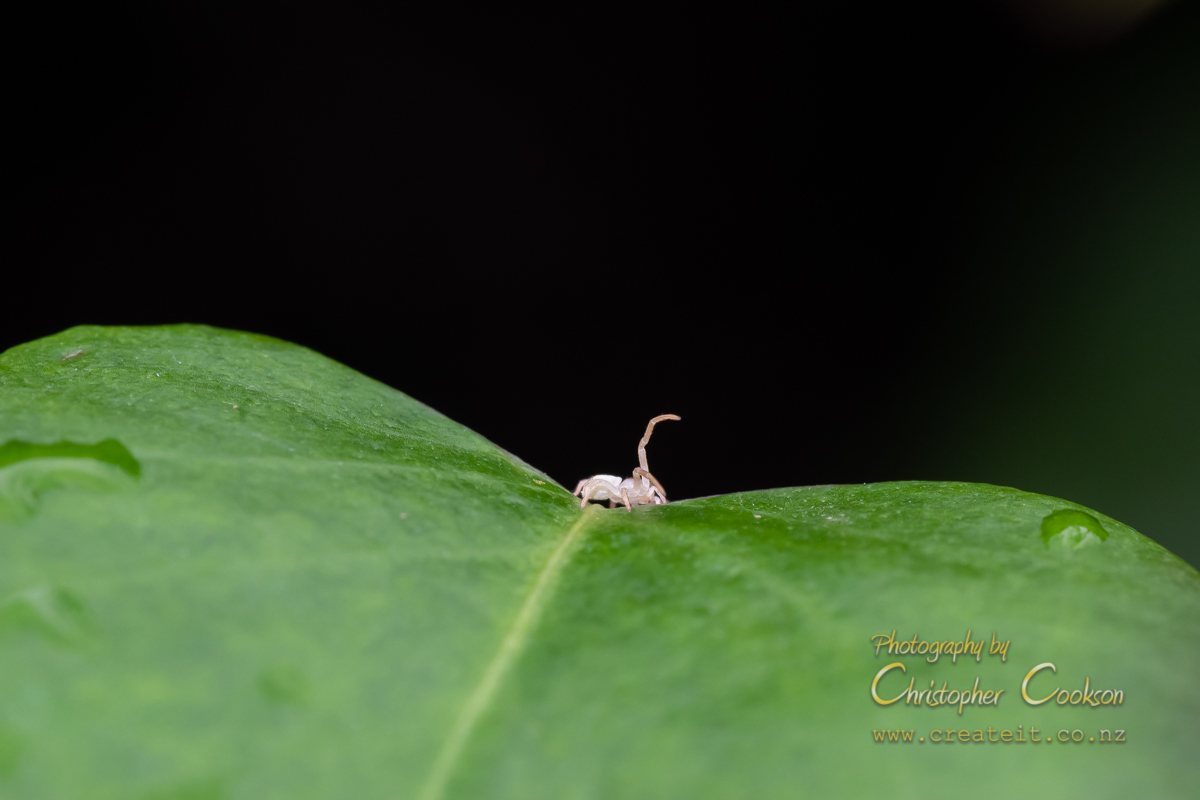
© Christopher Cookson License this image
Nature on Blenheim's Doorstep
Due to years of degradation and most remediation involving planting of exotic species, it might seem as though the Wither Hills would have little in the way of native flora or fauna. Surprisingly, this is not entirely true. In fact, the Wither Hills Farm Park provides the closest access to natural ecosystems in the vicinity of Blenheim. Although there are rich natural environments in the Richmond Range and at Rarangi, they are over ten kilometres away from Blenheim, whereas the Wither Hills form the southern boundary of the town. An area of the farm park in the Sutherland Stream catchment is set aside as a Queen Elizabeth II Covenant area, and in spite of a catastrophic fire on Boxing Day, 2000 that swept the Wither Hills and destroyed a good deal of the remaining native vegetation, somehow a remnant of the life that once dominated the hills remains and is slowly regenerating.
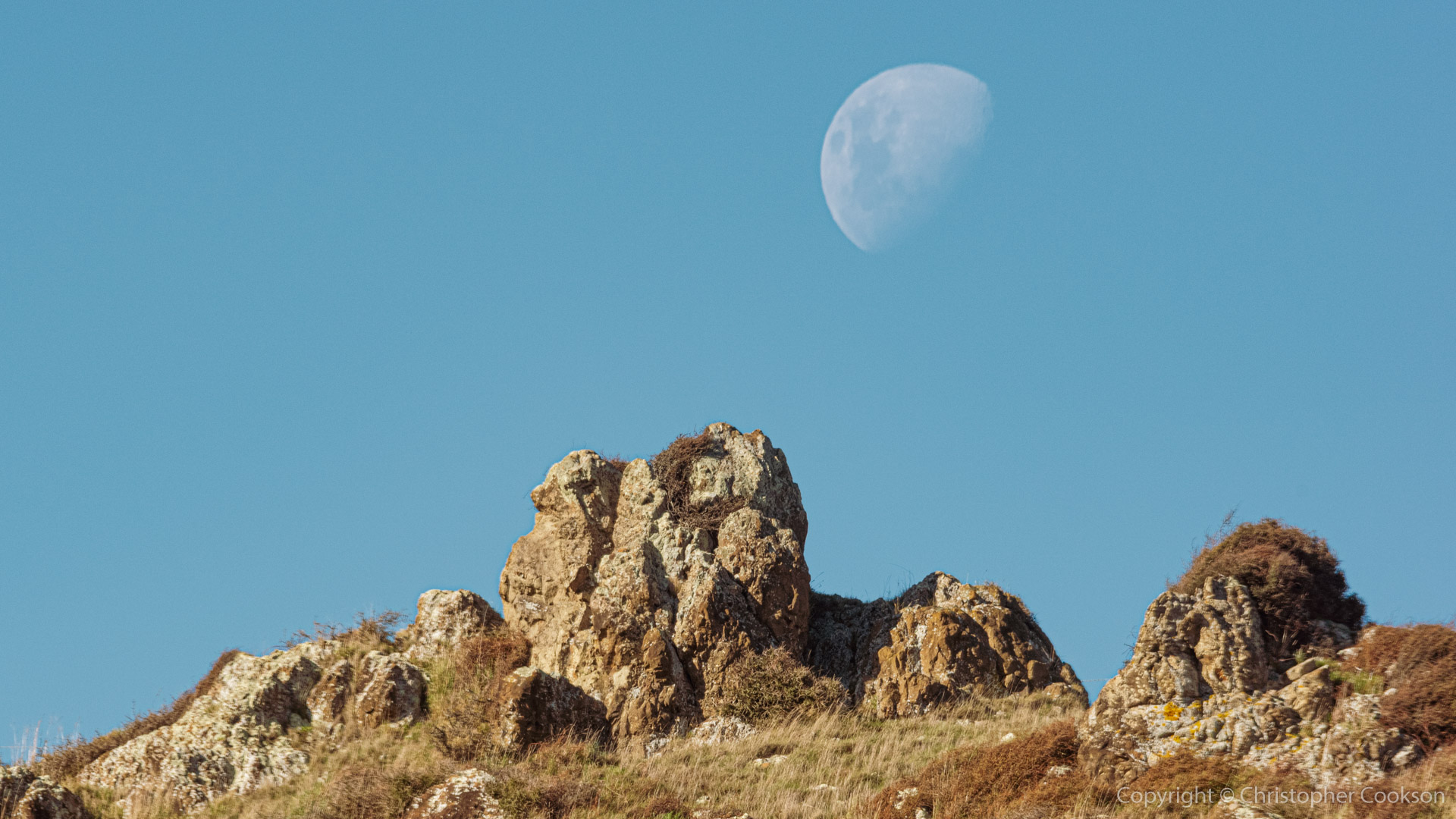
© Christopher Cookson License this image
A few mature kānuka survived the fire, while younger trees are gradually repopulating the hillsides, scrambling pohuehue twists over rocky outcrops and even living and dead trees, providing a host for the larvae of colourful copper buttlerflies that can be seen flitting around in summer. Tauhinu, often regarded as a weed by farmers, but a native shrub nonetheless, is common on previously fire damaged hillsides, and mahoe and coprosma can be found in the damper areas in the bottom of gullies, while cabbage trees and harakeke are found both in the valley and in parts of the hillsides in basins where there is more moisture. Porcupine bushes and Matagāouri are relatively common, as are prostrate kōwhai. Porcupine bushes are not nearly as savage as their name sounds, and unlike matagōuri don’t actually have thorns. A handful of silver tussock can still be found amongst the exotic grasses.
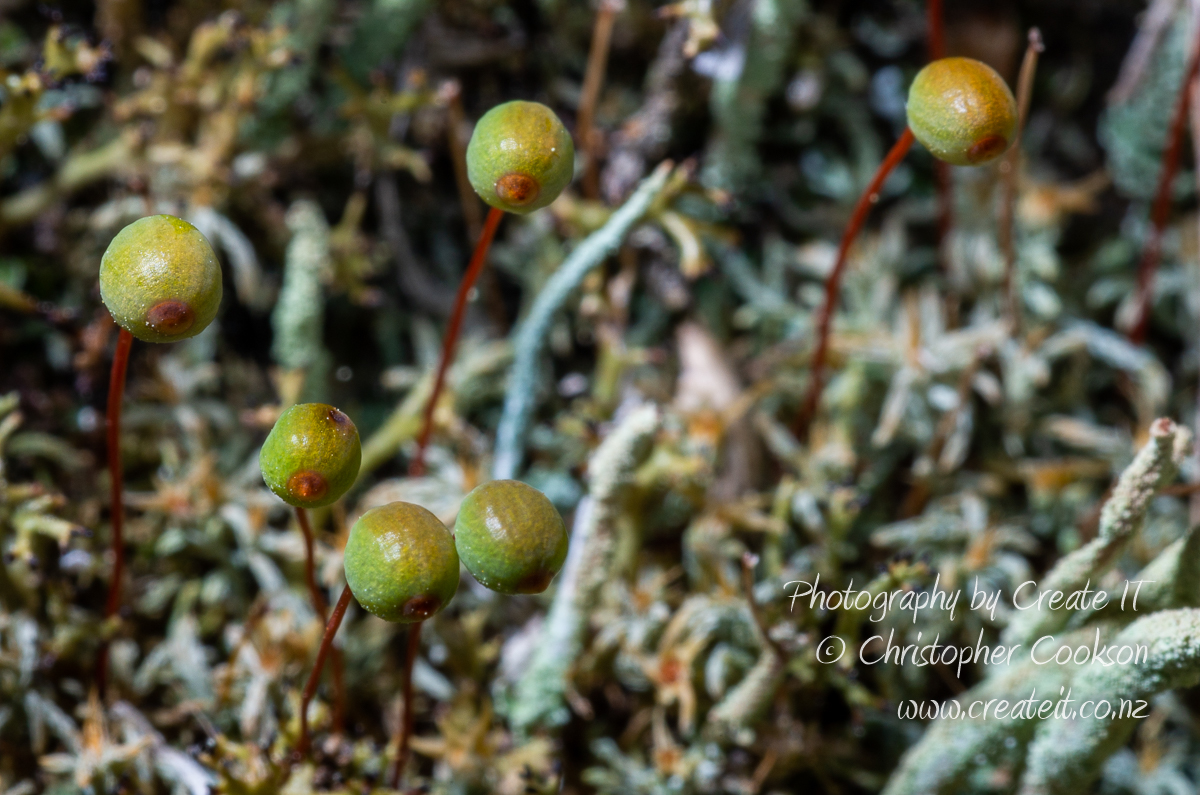
© Christopher Cookson License this image
Small is Beautiful
At the small scale, a wide variety of mosses and lichens can be found throughout the farm park, growing on everything from living trees to rocks, and even directly on the clay soil. Lichens take on all kind of shapes and colours from ones that appear like coral to others that spread out like rosettes on rocks. Mosses produce a variety of different shaped fruiting bodies, some looking like strange alien eyeballs.
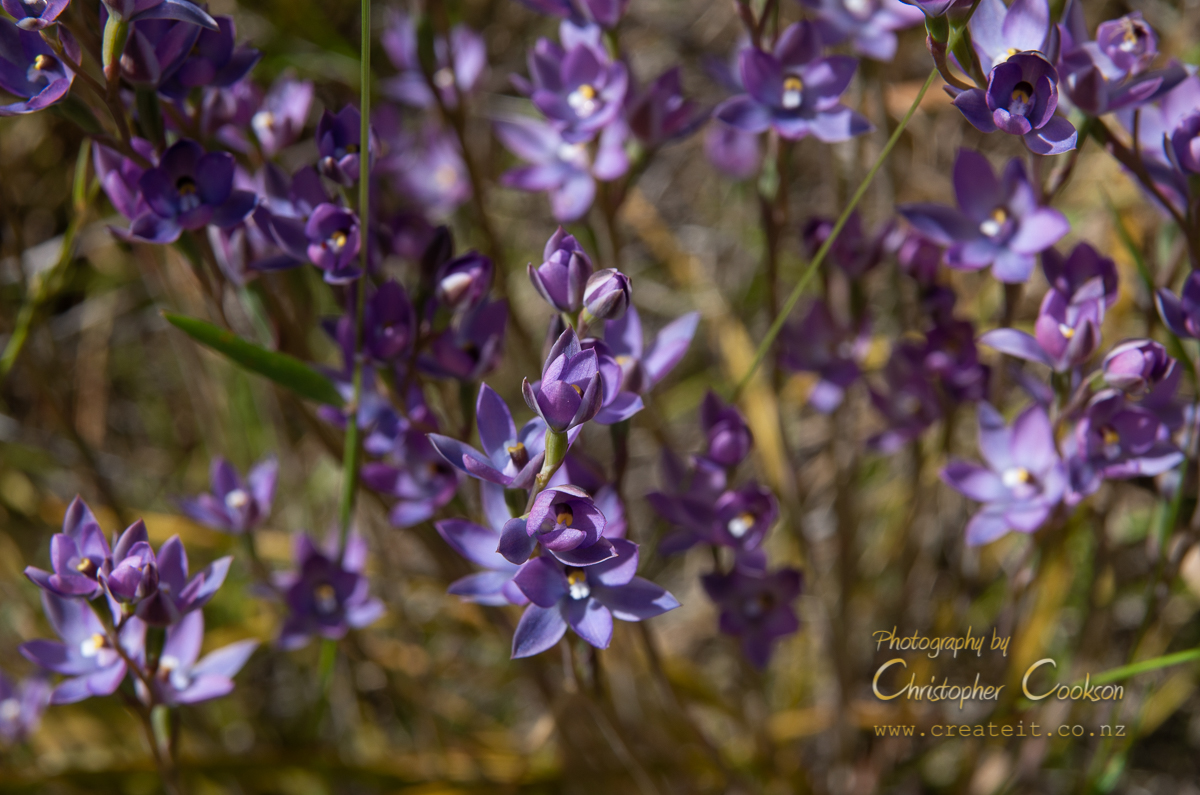
© Christopher Cookson License this image
For just a few weeks in spring, usually around October, alongside walking tracks that climb from Sutherland Stream to Mount Vernon, the ground comes alive with the flowers of sun orchids. Sprouting just a single leaf, sometimes green, sometimes a mix of purple and green, a flower stalk grows with multiple flower buds until they burst open for just a few days. In the soil alongside the tracks, the orchids are mostly white, but in a small area of a rugged spur, clumps of mauve orchids bloom amidst grasses.
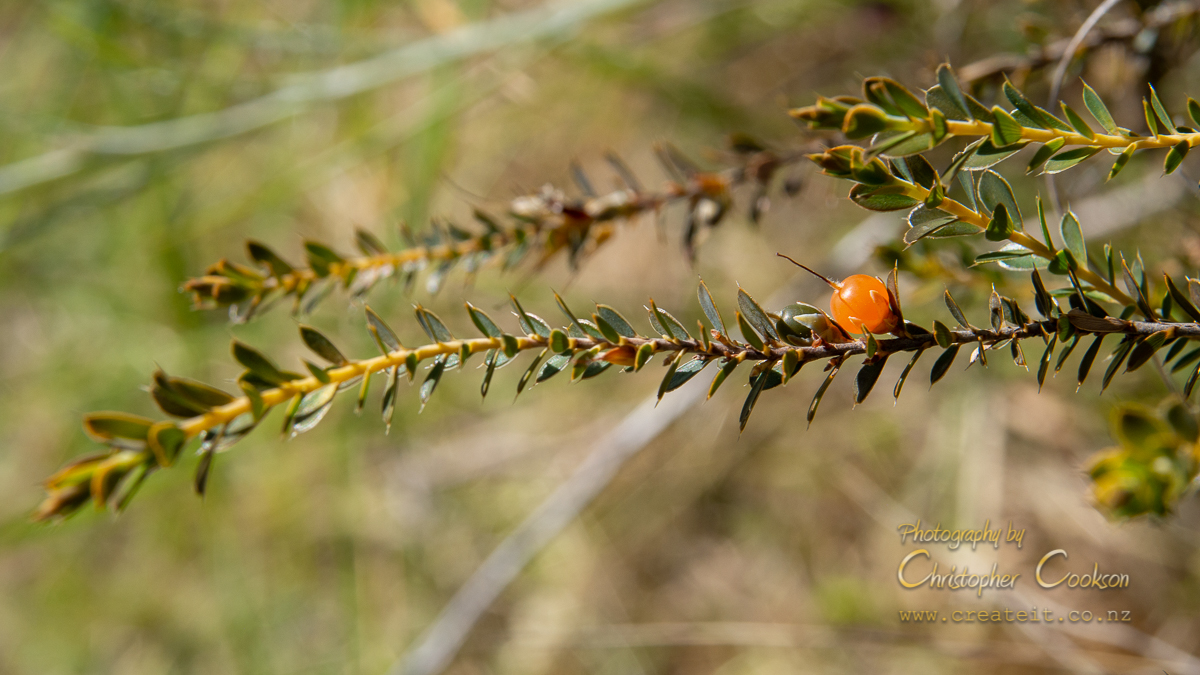
© Christopher Cookson License this image
In this same area of hillside, clinging to some of the most arid and sun scorched soils, but flowering over a much longer period of time than the orchids, delicate pinkish white flowers form on low growing patotora that will later develop into bright orange berries.
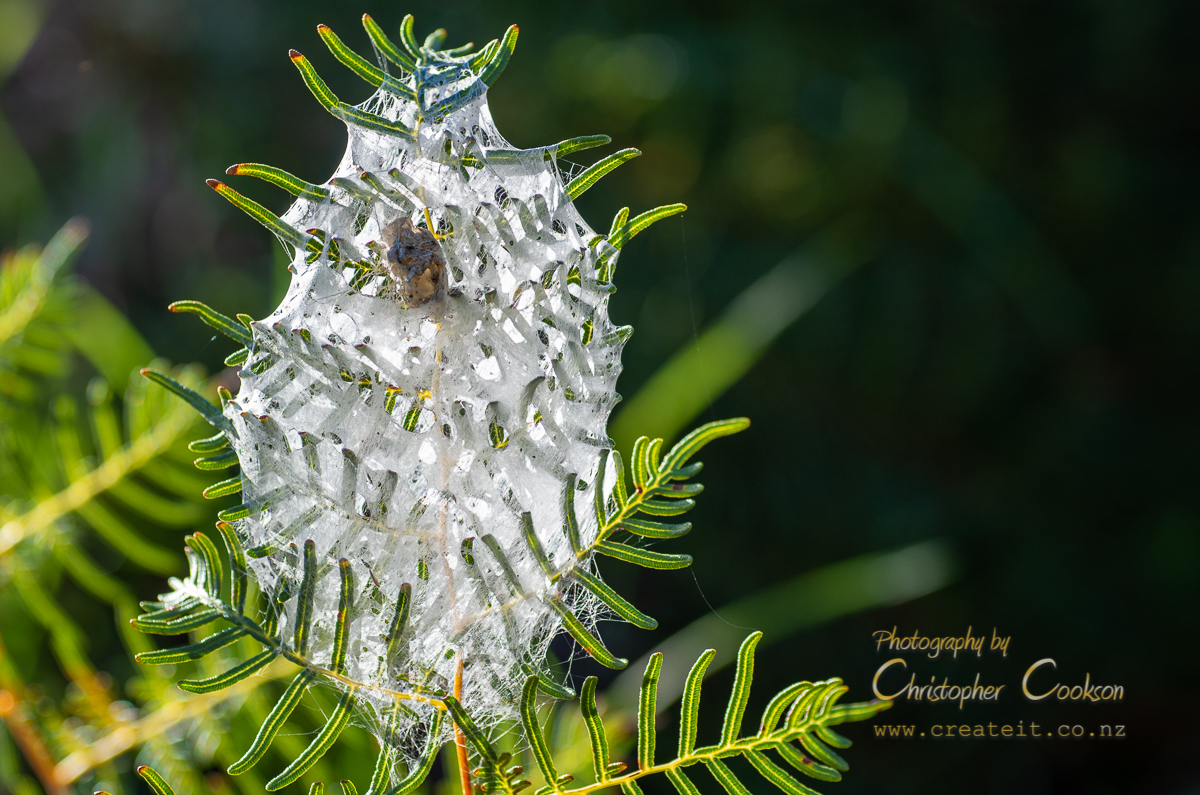
© Christopher Cookson License this image
All this vegetation provides food and habitat for a variety of other organisms.
The nests of nursery web spiders stand out amongst bracken fronds, just one of a wide variety of fern species found throughout the Wither Hills including a lone mamaku tree fern in a gully hinting at the possibility of what perhaps the hills were once like or what they could become in future with good stewardship.
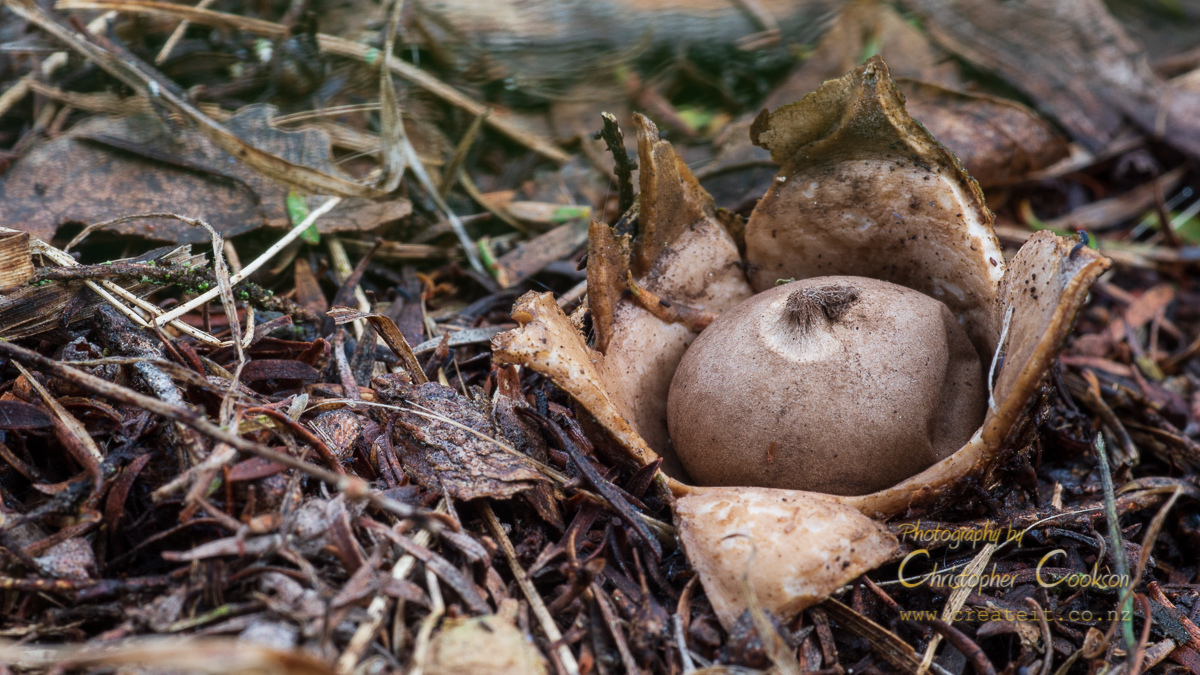
© Christopher Cookson License this image
In the leaf litter under trees, a diversity of colours, shapes, and sizes of fungi can be found when plenty of moisture is around. With fungi spores being so small, and so readily distributed by the wind, many introduced species of fungi can be found including the iconic and invasive toxic red capped fly agaric, Amanita muscaria, however there are also a number of native species including earth stars that can be found if you know where and when to look.
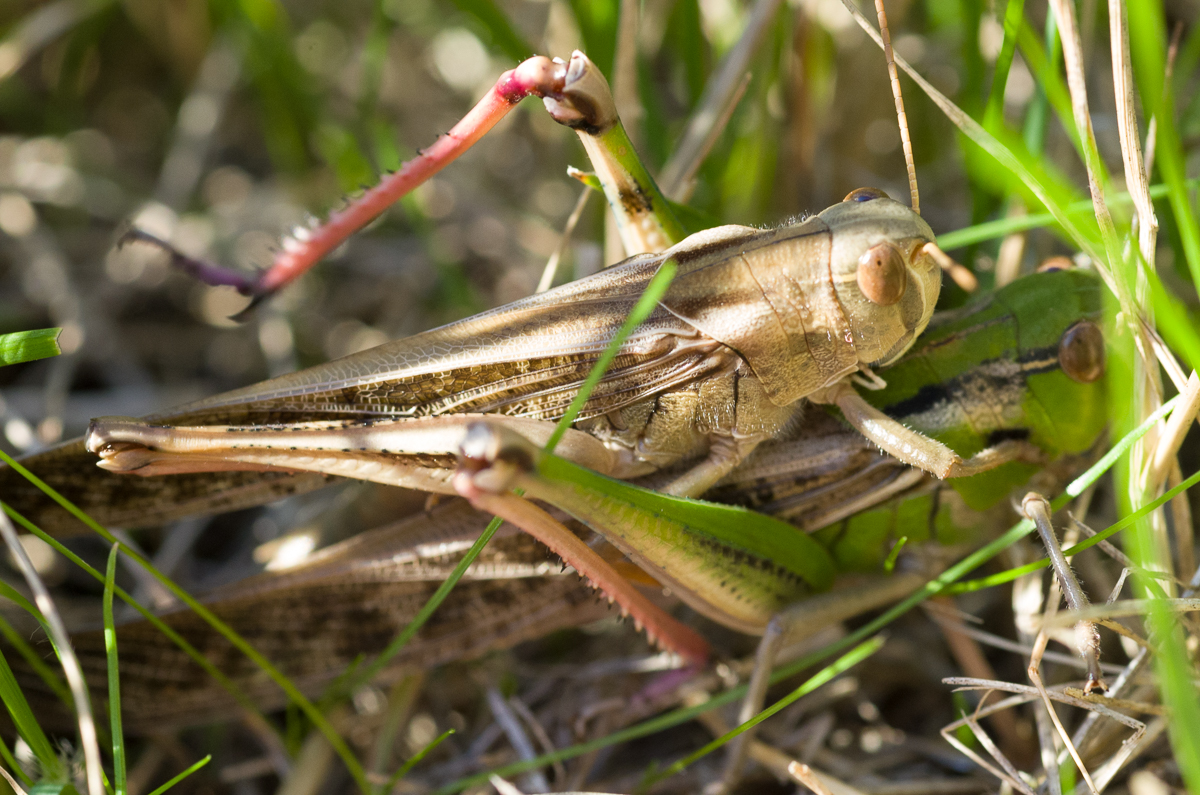
© Christopher Cookson License this image
The Wither Hills are home to a wide variety of invertebrates including copper butterflies, damselflies, spiders and more. The whirring sound of large flying locusts can be heard when disturbed by walkers, while small black crickets make up for their size with the volume of their chirping.
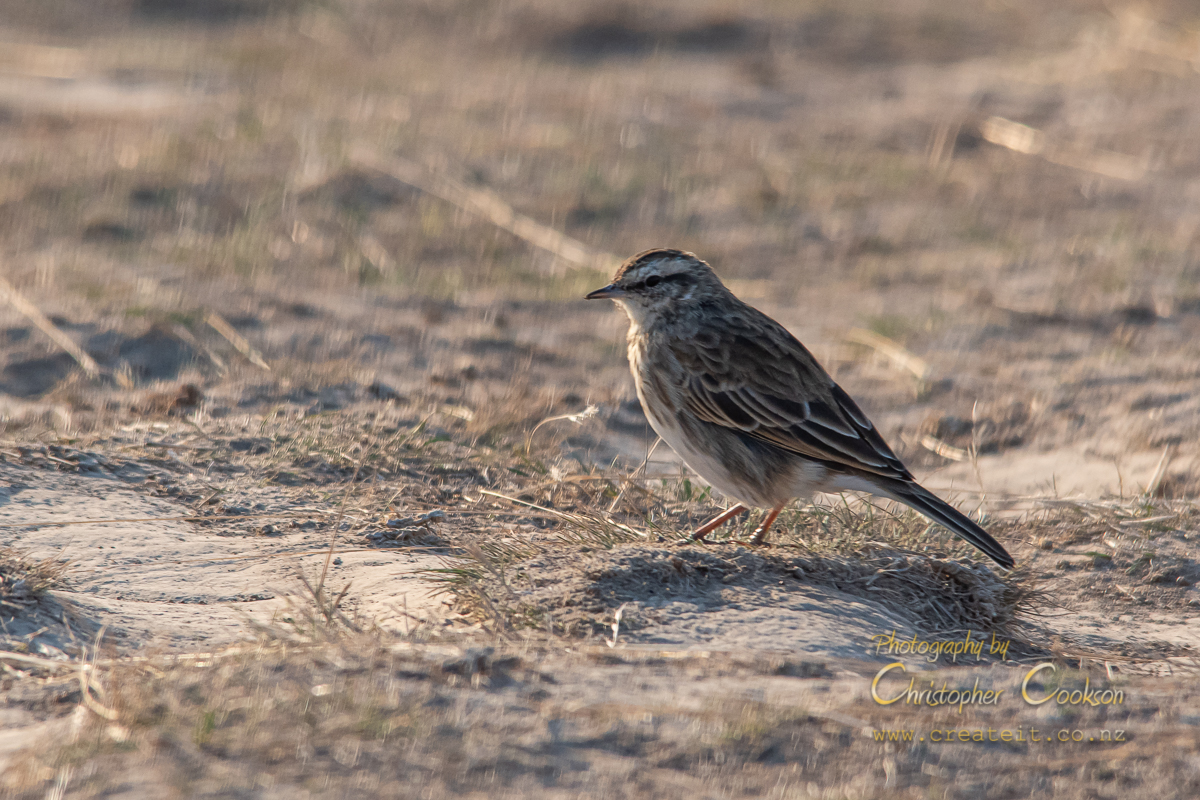
© Christopher Cookson License this image
A Place for the birds
Speaking of chirping, there is a good deal of bird life. New Zealand pipits are relatively common, as they are birds of open country, and cheerful piwakawaka (fantails) will often investigate walkers. Tui and korimako (bellbirds) take advantage of both harakeke and introduced eucalyptus trees for nectar with their melodious calls often more obvious than the birds themselves. Cautious kahu (Australasian harriers) soar over the hills on the look out for prey or carrion. Opportunistic silvereyes will descend in flocks looking for insects or berries amongst the trees and shrubs. From time to time, kotare (sacred kingfishers) can be seen with their brilliant blue plumage.
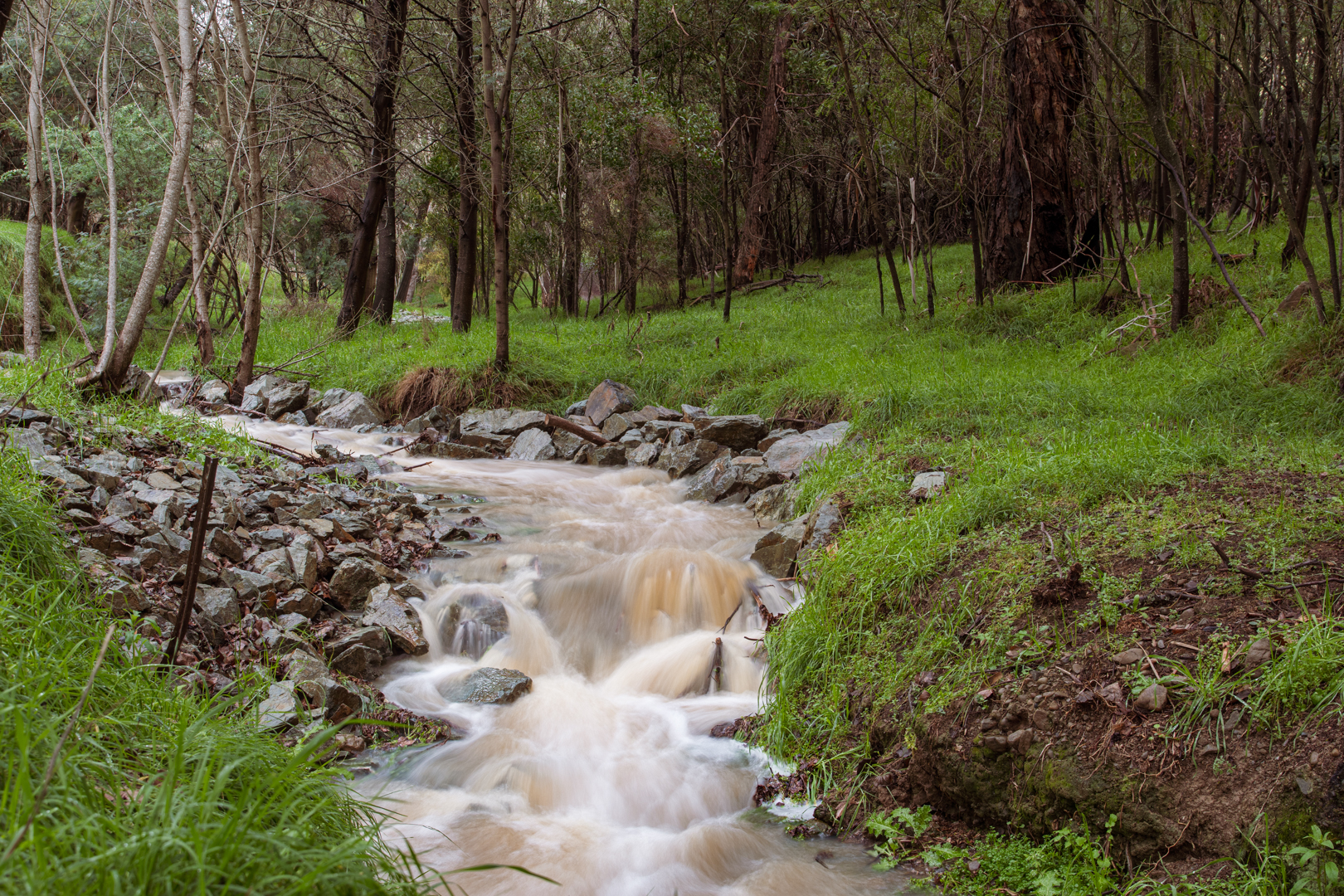
© Christopher Cookson License this image
A (mostly) Environmental Success Story
Unfortunately, not all that thrives on Wither Hills is desirable, with gorse, barberry, nasella tussock, and more recently, Chilean needle grass amongst the pest plant species. Rabbits, opossums and paper wasps are some of the undesirable animal introductions, and active management and vigilance will continue to be required on an ongoing basis to protect the pockets of biodiversity that exist. My own recent accidental discovery of common polypody, a potentially invasive fern species, on the Wither Hills made headlines, and highlights how important it is that everyone keeps alert for new invasive species.
The Wither Hills may certainly not be the first place that comes to mind in relation to conservation or natural history, and their conservation story is more a case of human self-interest rather than an explicit desire to protect the natural environment, however perhaps because of that, they are a good example to learn from in the face of threats such as climate change, polluted waterways and other environmental threats, in that doing what is good for the environment can turn out to be good for humans as well, both in terms of physical and economic well-being.
Cite this page
Cookson, C. (2021). Wild about the Withers. Retrieved April, 20, 2024, from https://www.marlboroughonline.co.nz/marlborough/information/commentary/wild-about-the-withers/
Be part of the conversation
Sign up to post comments.